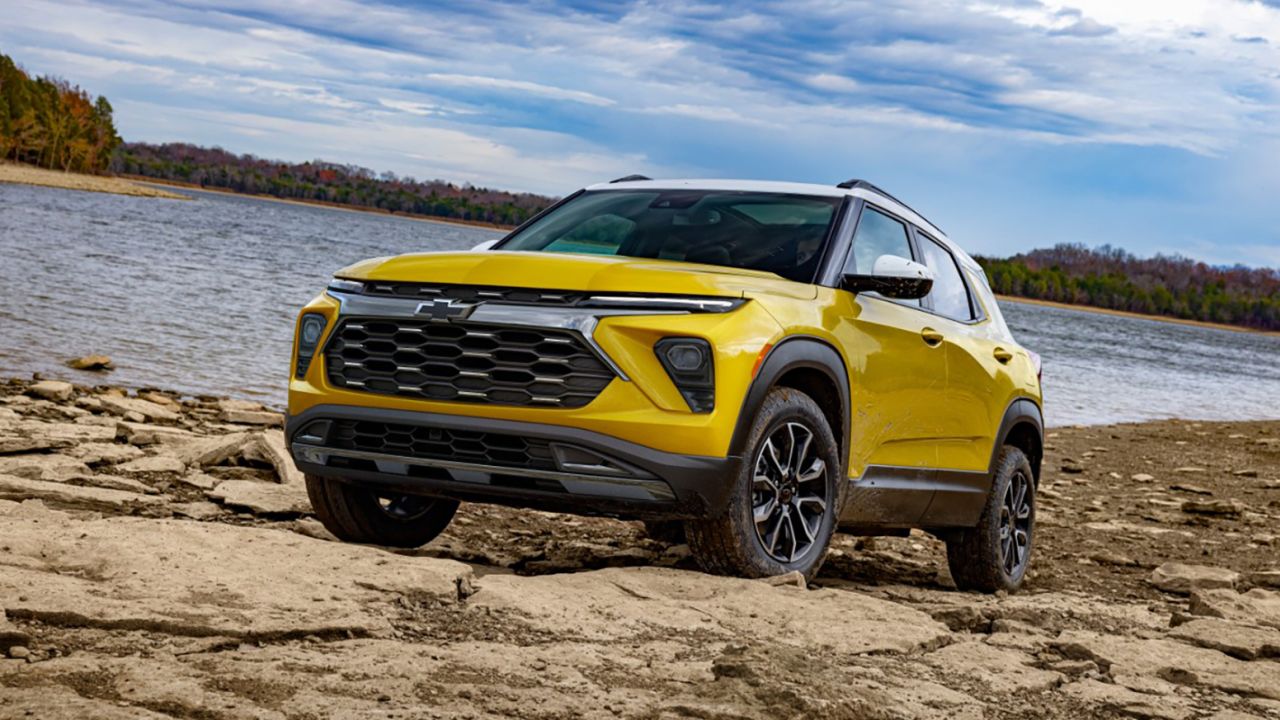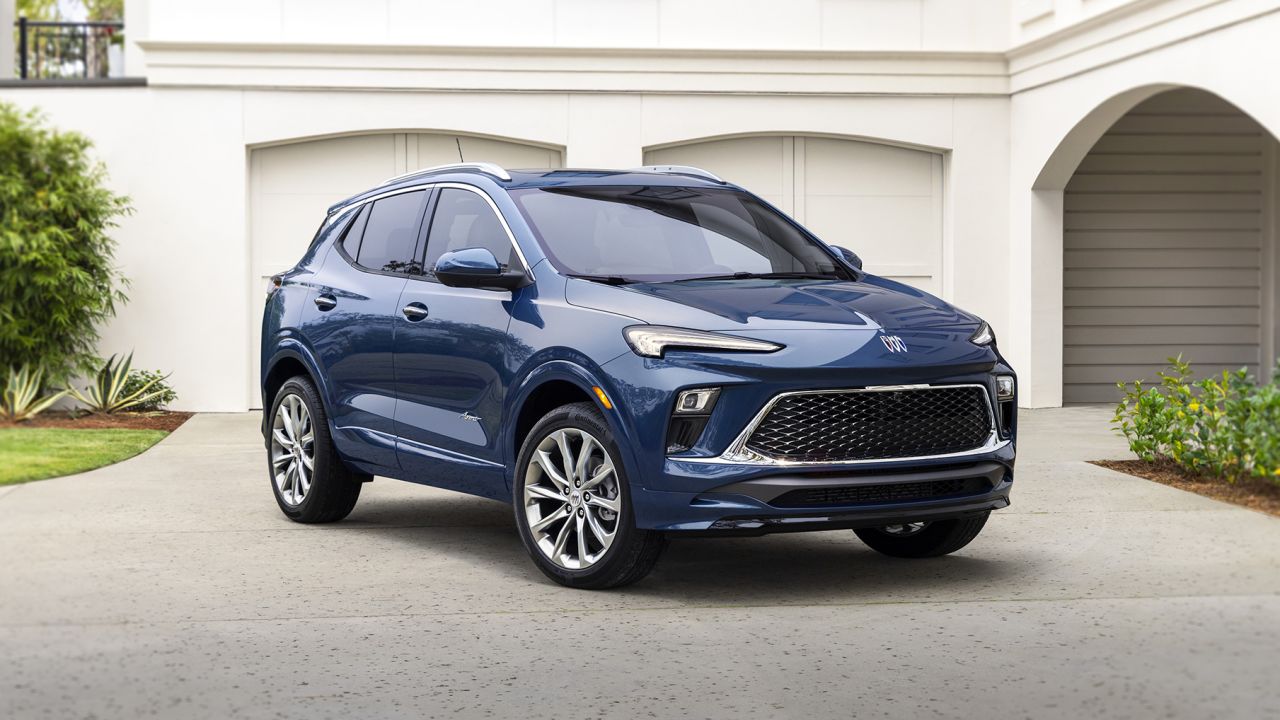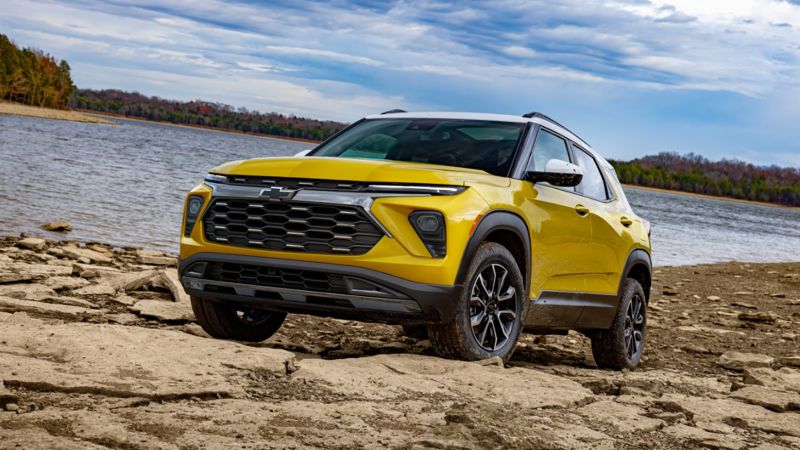As big V8-powered cars like the Dodge Charger and Challenger approach the end of their lives as production cars, an altogether different sort of gasoline engine has become increasingly common on American roads: the three-cylinder.
To many Americans — except ardent car geeks — the number of cylinders in an engine may be of little concern. But three is an odd number in more ways than one. We’re used to small engines having four cylinders, and the idea of an engine having only three can raise concerns about whether it provides adequate power or might be noisy and rough-running. If Americans have experience with three-cylinder engines, it would probably have been in Europe where the engines are fairly common in tiny “city cars” used for basic, around-town transportation. Here in America, we mostly buy SUVs, and we demand the power to move our bulkier vehicles on wide open highways at high speeds.
Ten years ago, only one model widely sold in America had a three-cylinger engine and that was the Smart ForTwo, precisely that sort of tiny European car that looks like it wouldn’t require much power at all to get going. Now, for the 2023 model year, there are ten different models available in the United States with three-cylinder engines, according to Edmunds.com. And these are not tiny niche products.
There are three Minis (the Clubman plus the basic convertible and hardtop Mini models), the Mitsubishi Mirage, Ford Escape, Ford Bronco Sport, Chevrolet Trailblazer, Buick Encore GX, Nissan Rogue and the Toyota GR Corolla. All of these are at least offered with three-cylinder engines, if not available only with that engine.
Dan Hommes, an engineer for General Motors, sometimes tells people driving Trailblazer and Encore GX SUVs that he helped develop the engine in their vehicle. Then, if he doesn’t get the sense it might upset them (despite having driven it some people might still feel the vehicle was somehow diminished) he tells them that it has only three cylinders.
“In general, the response is actual surprise,” he said. “It’s ‘Wow! I had no idea!’”
Ideally, owners should detect no difference from the more common four-cylinder engine they are probably used to. The increasing use of 3-cylinders is part of a general auto industry trend toward “downsizing and boosting” as fuel economy and emissions regulations become more stringent. Vehicles that would have once have been powered by eight-cylinder engines now have turbocharged six-cylinder engines, instead. The Ford Mustang still comes with a big V8 for hard-core enthusiasts, but the alternative choice isn’t a V6 any longer, but a 315-horsepower turbocharged four-cylinder.
Now turbocharged 3-cylinder engines are providing the same sort of downsized alternative for vehicles that once would have had four-cylinders. They save gas compared compared to a four-cylinder engine because they’re smaller and lighter and, with fewer moving parts, they have to overcome less of their own internal friction. Improvements in engine technology have made them both more powerful and smoother-running — or at least smoother-feeling — than they would once have been.

In fact, the all-wheel-drive Toyota GR Corolla, which has a 300 horsepower three-cylinder, is marketed as a performance model for enthusiasts. While it’s not particularly quiet or smooth, since that’s not a priority for the intended customer, the engine is powerful, fast-revving and a lot of fun, especially paired with a manual transmission, which is the only way the GR Corolla comes.
Among the benefits of a three-cylinder engine in this case, said Naoyuki Sakamoto, Toyota’s lead engineer for the GR Corolla, is that each cylinder can be bigger. In a four-cylinder engine of the same size each cylinder would, of course, have to be smaller. Gasoline engines work by moving air in and out very rapidly, and having bigger cylinders means the engine can have larger intake and exhaust valves, easing the movement of air and increasing power.
In cars like the Nissan Rogue, with its 201 horsepower three-cylinder, the engine is quiet and capable, but it’s also technologically complex. Besides turbocharging and a sophisticated fuel injection system, it also has what Nissan calls “variable compression” that allows the engine to draw in more or less air depending on power needs.

These small power plants work best in vehicles that were designed specifically for them, said GM’s Hommes. The challenge is simply that there are fewer “explosions” for every rotation of the engine — three, instead of four in a four-cylinder engine or six in a six-cylinder — and they each must be stronger to produce similar power. That results in strong low-frequency vibrations that can be harder to mask in a vehicle. The engines themselves have extra moving parts just to cancel out some of these vibrations, but it’s helpful, he said, if the entire vehicle is also designed to dampen them.
This 3-cylinder trend might not continue much longer, said Gabriel Shenhar, associate director of Consumer Reports’ auto test program. Electric cars are providing big benefits for automakers trying to reach their required Corporate Average Fuel Economy targets, so the trouble and expense of developing smaller engines might not be worth it much longer, he said.
GM currently offers two different three-cylinder engines and, Hommes said, plans to continue selling them even as GM moves toward selling nothing but electric passenger vehicles by 2035.
“We’ve committed to that solution in the marketplace for [fuel economy] reasons and and we’re planning to continue with it,” he said.
Read the full article here










